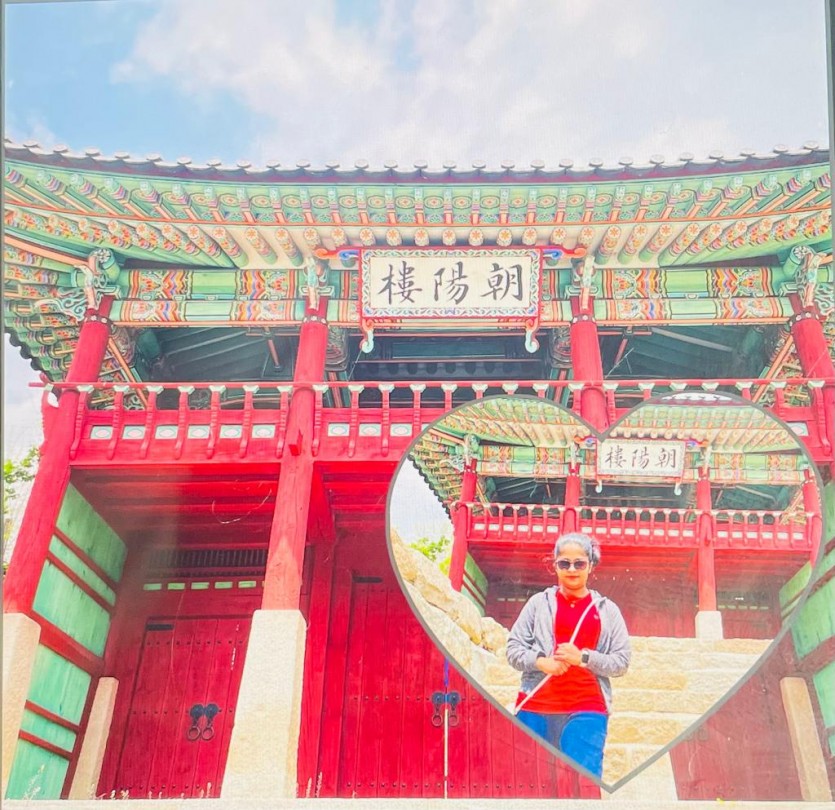Language & Culture Wibongmun gate and Joyangnu pavilion in Chuncheon
페이지 정보

본문
Today I got the opportunity to visit Wibongmun Gate and Joyangnu Pavilion. And when I saw it, it reminded me of the royal palaces in the K-dramas I used to watch while I lived in my own country. So, I figured I'd tell you the details of it.
Wibongmun and Joyangnu were erected by a magistrate of Chuncheon named Eom Hwang when he built Munsogak as part of his administration complex. The Joseon Dynasty, ruled by King Gojong, recognized Chuncheon as an important place and built a unique royal lodge to serve as the king's shelter in cases of need. When Munsogak and other local government buildings were repaired in 1890 by Chuncheon magistrate Min Du-ho, the temporary royal palace was finished. Wibongmun and Joyangnu were transformed into Munsogak Hall's inner gate and gate pavilion, accordingly, once the palace was finished. These two structures, which are currently the only remaining palace structures, represent typical Joseon Dynasty government building features and are highly valued for their historical and architectural significance. On December 16, 1971, these were recognized as the Gangwon-do No. 1 and 2 tangible cultural heritages. Wibongmun was relocated to a number of locations as a result of the destruction of Munsogak during the Korean War (1950–1953) and the construction of Gangwon-do's administrative offices on the site, while Joyangnu was relocated to Udusan Mountain in 1938. As the former Korean capital, Gangwon-do made the decision to relocate the two historical structures to the nearby of its administrative buildings in an effort to promote cultural pride and increase public awareness of the past. In April 2013, Wibongmun and Joyangnu were relocated.
If there is anyone who has not been to this place yet, definitely visit this place that shows Korean cultural values.
- Prev"문화 수업" or "Cultural Class" in Korea 23.05.01
- NextKorea's Love for Trees 23.04.23
댓글목록
There are no registered comments.

